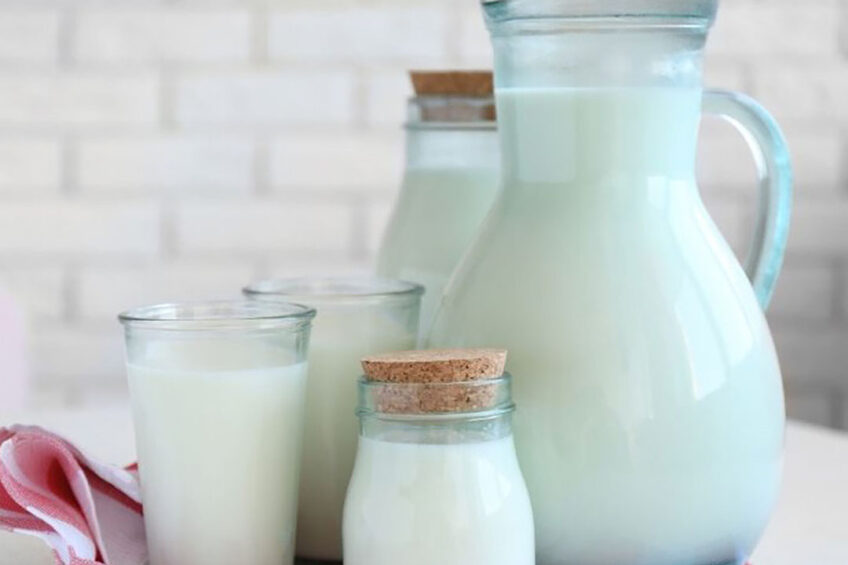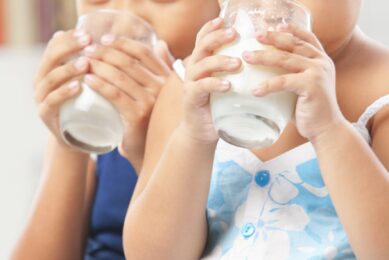India: 2023 dairy outlook and developments

According to the United Nations, by 2027, India is projected to overtake China as the world’s most populated country. India’s per capita milk consumption at 427 g/day already exceeds the world average of 305 g/day.
A key driver for fluid milk consumption is demographics. About a third of the national population is under age 14, a group inclined to consume higher quantities of milk. India’s growing population, coupled with rapid urbanisation and improving incomes, is boosting the demand for milk and milk products.
Milk production
Foreign Agricultural Services (FAS) New Delhi forecasts 2023 fluid milk production in India will increase by nearly 2% to 207 million metric tonnes (mmt) assuming normal southwest monsoon season (June-September). Approximately 500 million Indians depend on livestock rearing. The majority are small-scale, marginal farmers, with 95% of India’s milk producers only having herd sizes of 1-5 animals. Larger dairy farms come in at around 50 or more animals. Roughly 46% of the milk produced is consumed either at the producer level or sold to non-producers in rural areas, while 54% of milk production is marketed through milk cooperatives and or unorganised contractors.
Dairy cattle production is largely concentrated in a handful of states. The 3 Indian states of West Bengal, Uttar Pradesh, and Madhya Pradesh account for about 30% of national dairy cattle numbers. But 5 states alone account for over half of the country’s dairy products consumption: Uttar Pradesh (19%), Rajasthan (9%), Gujarat (8%), Maharashtra (7%), and Bihar (7%).
Buffalo milk
India’s small dairy farmers prefer water buffaloes, which produce milk with a higher fat content (7-8%) and are better adapted to Indian climatic conditions. Buffalo milk benefits from higher market prices as milk pricing is based on fat and solids-not-fat (SNF) content. Some 49% of India’s milk production comes from domestic water buffaloes. Most of the private and cooperative dairies do not have separate collection systems for cow and water buffalo milk. Packaged milk products are mostly a mix of the two, and only a few processors market pure cow milk.
Imports
Historically, India has imported limited quantities of milk powder and butter. January-August 2022 trade data indicates that skimmed milk powder (SMP) and butter imports were just 238 mt, with 162 mt of SMP and some 76 mt butter (with a combined value of US$1.4 million).
India’s main dairy product imports include milk albumin (such as concentrates of 2 or more whey proteins), lactose and lactose syrup, infant food preparation, casein, ice cream, and cheese. The US, France, Thailand, Singapore, New Zealand, and the Netherlands are India’s main suppliers. The US is India’s largest supplier of milk albumin, while both the US and the Netherlands are the largest suppliers of lactose. Thailand leads in the provision of infant food preparations, while France ships whey. The US and the Netherlands are the key providers of casein and its derivatives, and Italy exports cheeses.
Food use lactose and whey imports must meet all Indian veterinary import requirements. India insists, premised on religious and cultural grounds, that all imports of dairy products be derived from animals which have never been fed any animal feed preparation produced from the internal organs, blood meal, or tissues of ruminants. As of November 2022, all milk and milk products imported into India must be accompanied with a health certificate issued by the exporting country stating compliance with this regulation.
To reduce imports, the Indian government’s National Action Plan for Dairy Development aims to increase organised milk production from the current 20-21% to 50% by 2023-2024. Milk handling (i.e., production) by cooperatives is being targeted to increase from 10% to 20%, and the private sector from 10% to 30%. If these goals are achieved, it would give Indian dairy farmers greater access to the organised milk processing sector and ultimately higher incomes.
Source: Global Agricultural Information Network (GAIN); Foreign Agricultural Service (FAS)
Join 13,000+ subscribers
Subscribe to our newsletter to stay updated about all the need-to-know content in the dairy sector, two times a week.










